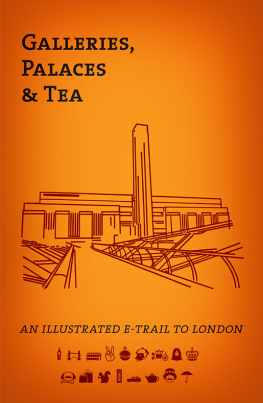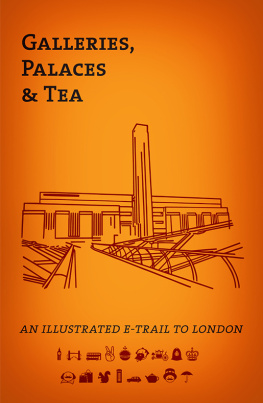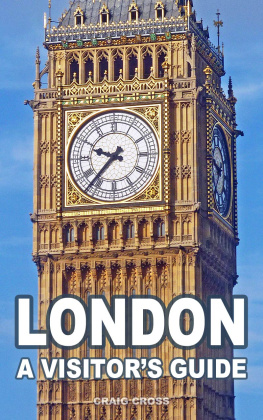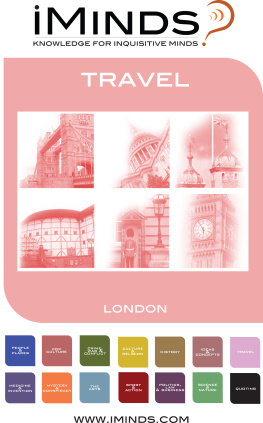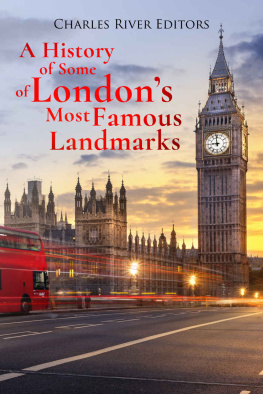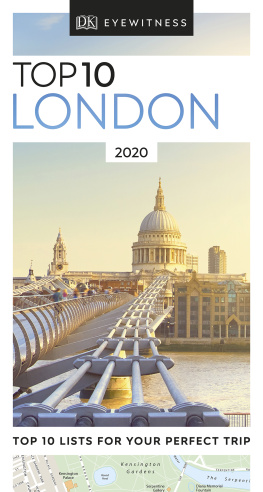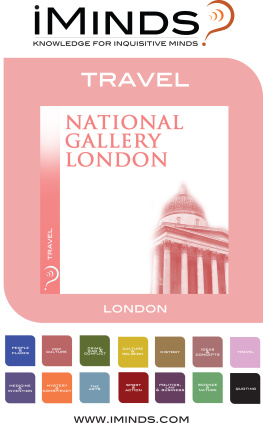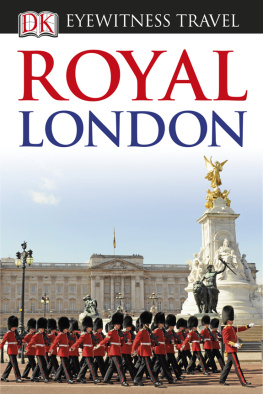CONTENTS
Buckingham Palace
King George III was one of the few pre-20thC examples of a male British sovereign who had a virtuous domestic life. In 1761 the monarch bought Buckingham House from the Sheffield family. In 1775 he gave the building to his wife Queen Charlotte. The couple occupied it as their private residence; their official one continued to be St Jamess Palace. In 1818 the queen bequeathed the House to their son the Prince Regent.
The prince acceeded to the throne as King George IV. In his new position he concluded that Carlton House, his pet architectural project in London, was no longer grand enough for him. At his behest, Buckingham House was remodelled by John Nash during the 1820s. The architect went over budget. Upon the accession to the throne of Georges younger brother, King William IV, the man was replaced on the scheme by Edward Blore. However, the work was not finished during the new monarchs reign.
Queen Victoria had been raised in Kensington Palace. Following her accession in 1837, she moved into Buckingham Palace. She made it the principal royal residence in London. Her husband Prince Albert died in 1861. She spent most of the rest of her reign living away from the metropolis. She was able to do so because of the development of telegraphy and railways. The former enabled her to keep abreast of affairs in almost real time and the latter meant that she could swiftly return to the city whenever she needed to be there in person.
During the late 1860s and early 1870s there was a strong wave of republicanism in England. This started waning in 1872 after the monarch attended a service of thanksgiving at St Pauls Cathedral. This was held to express gratitude for the Prince of Waless recovery from a case of typhoid. The residual popular image of the sovereign is one that was largely created for her during the later years of her rule by the Conservative Prime Minister Benjamin Disraeli. In 1877 the premier had her crowned as the Empress of India.
In a way that his mother, Victoria, had not, King Edward VII appreciated that the public and ceremonial aspects of the monarchy were important to its maintenance. At his death he left the institution in a more vital condition than it had been at his accession. His son, King George V, was to retain his throne while several of their kinsmen were to lose theirs.

http://www.royal.gov.uk/TheRoyalResidences/BuckinghamPalace/BuckinghamPalace.aspx
The Royal Standard: At a glance it is possible to see whether the sovereign is in residence at Buckingham Palace. If s/he is then the Royal Standard flag is flown above the building. If the monarch is away then the Union Flag is substituted for it.
The Royal Standard is the personal property of the sovereign. It may be flown only where the monarch is residing. (The Royal Standard is a popular name for pubs - none of which are allowed to fly it.)
The Changing of The Guard: The Changing of The Guard takes place in front of Buckingham Palace. The ceremony involves the New Guard exchanging duties with the Old Guard. The ritual is accompanied by music that is played by a regimental band.
When the sovereign is resident in the palace, four sentries are present at the front of it. When s/he is away, there are two.
http://www.army.mod.uk/events/ceremonial/23241.aspx http://www.royal.gov.uk/RoyalEventsandCeremonies/ChangingtheGuard/Overview.aspx
Bearskins: Following the Battle of Waterloo (1815), the members of some British regiments took to wearing the bearskins hats that had previously been sported by their defeated opponents. The headgear is worn by members of the Coldstream, Grenadier, Irish, Scots, and Welch Guards.
The pelts are derived from Canadian black bears that are hunted under conservation quotas. A full-grown bear can make one to two caps. The females have glossier, smoother pelts. These are used to make the officers hats, while the rougher male ones are used for those of members of the other ranks.

The Queen Victoria Memorial
The Queen Victoria Memorial (1911) stands in front of Buckingham Palace. In the taxi trades slang it is known as the Wedding Cake.
Direction: Birdcage Walk runs along the southern side of St Jamess Park. Walk eastwards along it.
Birdcage Walk
The Birdcage Walk aviary was established by King James I (d.1625). It was enlarged by his grandson King Charles II (d.1685).
Until 1828 only members of the royal family and the Grand Falconer could have their carriages driven along Birdcage Walk.
The Grand Falconers: The Dukes of St Albans are the Grand Falconers. Their graces are descended patrilineally from one of King Charles IIs illegitimate sons by Nell Gwynne. In 1953 the 12th duke proposed taking a live falcon to Queen Elizabeth IIs coronation. He was told that he should bring either a stuffed bird or nothing. Given these two alternatives, his grace opted for a third one of his own creation and did not attend the ceremony.
St Jamess Park
St Jamess Park is the oldest of the royal parks in central London. Originally, it was a marshy meadow that was owned by the Hospital of St James, an institution that housed lepers. In 1531 the property was acquired by the Crown. The land was drained and laid out for King Henry VIII as a deer nursery that linked St Jamess Palace to Whitehall Palace.
The park was used by King Charles II as a pleasure ground. The French landscape designer Andr Le Ntre joined up a set of ponds to one another to create a rectangular body of water. The monarch used this for swimming in. His interest in ornithology is commemorated by the name Duck Island.
The wide variety of species of bird present on St Jamess Park Lake owes much to the monarch. Many were effectively exiles from their native habitats as he himself had been for over a decade after his father Charles I had lost the Civil Wars of the 1640s.
There have been pelicans on the lake in St Jamess Park since the 1660s. The colony is descended from a gift of some of the birds that was made by a Russian Ambassador.
Charles II appointed the popular exiled French poet Charles de Marquetel de St Evremond as the Governor of Duck Island. This absurdly-titled position honoured without antagonising the French court.
In the late 1820s the architect John Nash turned the formal lake into the informal one that dominates the centre of the park.
Possibly the most picturesque view in London is the eastwards one from the centre of the bridge that crosses the body of water. The crossing was designed by Eric Bedford, the Ministry of Workss Chief Architect. (He was also architect of the BT Tower (1964).)
http://www.royalparks.gov.uk/parks/st-jamess-park
Squirrels: During the late 19thC and early 20thC there were a number of separate releases of grey squirrels. The first recorded one occurred in 1876 in the grounds of Henbury Park, an estate in Cheshire that was owned by the banker Thomas Brocklehurst. The animals were regarded as being ornamental. It was thought that they would live in small, isolated communities close to where they had been let loose. Ultimately, the case proved to be otherwise.

The greys carried with them the squirrel pox virus. The condition had minimal impact upon their health but was fatal to reds. Following the First World War the size of latters population crashed. People began to regard greys as being a pest. In 1939 it became illegal to import them.
Next page
